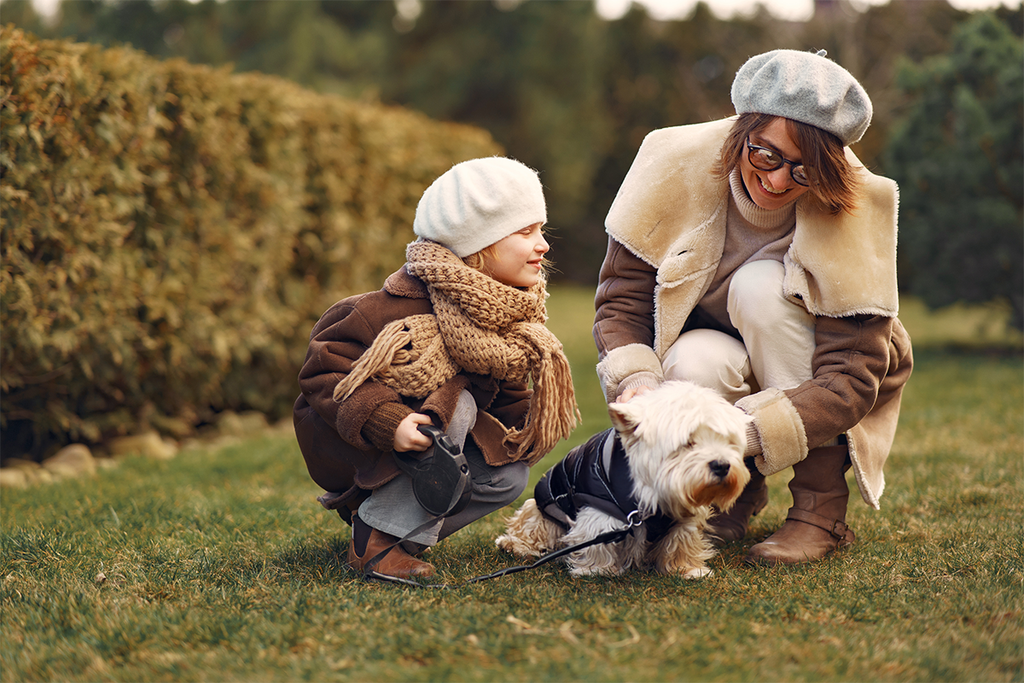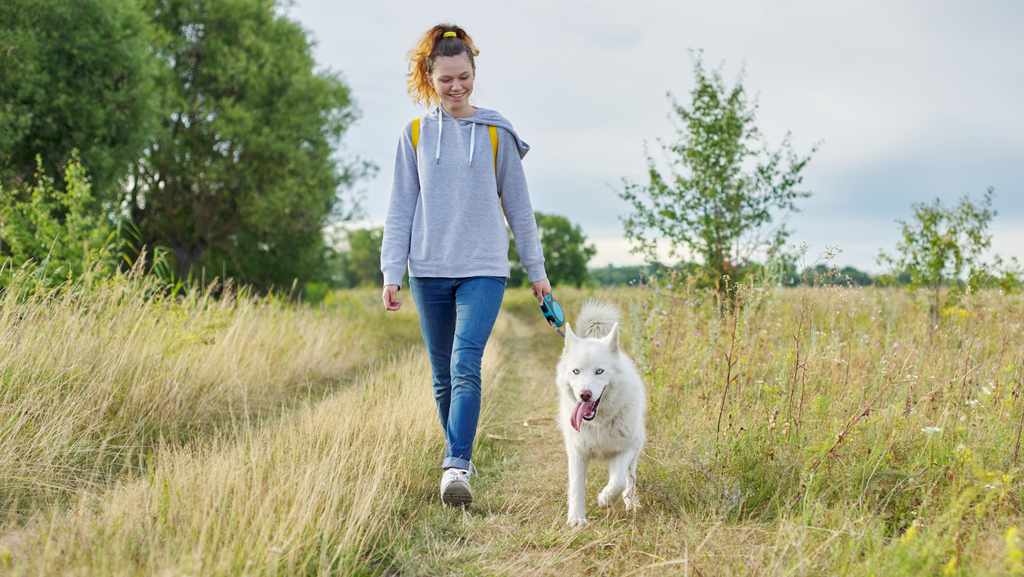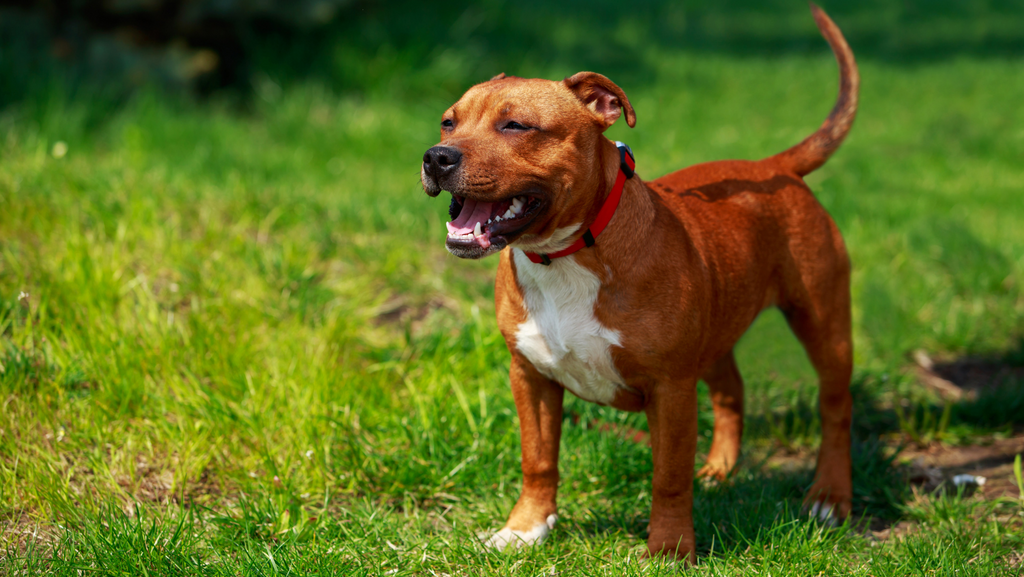Understanding Your Dog’s Anal Glands

When it comes to your dog’s anal glands, the common wisdom is, “If it ain’t broke, don’t fix it.” There is a lot of debate about expressing a dog’s anal glands. Many think it should be done regularly, others only when it is a problem. While anal gland problems are fairly common, many pet pawrents worry when they see their doggo scooting across the floor on their behind. Normally, defecating expresses the glands naturally, but sometimes that doesn’t happen. Here is what you need to know.
What Are Anal Glands
The anal glands are two sacks near the anus that dogs use for marking their territory. On a medium size dog, they are a little smaller than a grape and contain a brown, oily, strong-smelling fluid. Normally, when a dog defecates, it squeezes the glands and a little of the liquid comes out with the feces. This is part of the reason why dogs are constantly smelling each other's poo and rear ends.
But the opening of the anal gland can sometimes get stopped or blocked. This can lead to leaking anal glands. If this goes untreated, it will make your dog feel uncomfortable, and if it is prolonged, the anal glands could rupture. The fluid is a good medium for bacteria, so ruptures can easily become infected and inflamed.
Causes
There are a number of possible causes for anal gland problems:
- Chronic dermatitis
- Poor quality food
- Food allergies
- Infections near the glands
- Inflammatory bowel disease
- Tumors in the glands
- Soft stool or diarrhea
- Constipation
- Parasites
Some of these are easy to identify, others are not. Check with your veterinarian if you suspect that your dog has impacted anal glands.
Possible Symptoms of Anal Gland Problems
If you see any of the following, don’t worry, the majority of problems are easy to cure:
- Your dog scooting around on their bum.
- Your dog licking around the base of their tail.
- Redness, pus or swelling around the anus.
- A foul smell of feces or rotting fish or a greasy, smelly discharge on the floor.
- Your dog will not let you touch the area around the base of their tail.
- Your dog having difficulty defecating, especially if it looks like it causes pain.
If you notice any of these, it could be a sign that your dog needs to have their anal glands expressed. This can be done by a groomer or your vet. With a little help, you can even do it yourself.
Expressing Dog Anal Glands Yourself
It is best to learn from someone with experience. Face it, it takes a bit of courage to poke and prod around your doggo’s back end, so you want to make sure that you know what you are doing. It can be uncomfortable for your dog to have their glands manually expressed, and they may not cooperate.
External Expression
In minor cases, you can simply express the anal glands using a clean cloth or tissue. Just cover the anus and massage the area to squeeze out the fluid. You will want to wear latex gloves so you don’t get the liquid on yourself, and make sure that you wash the area with a mild soap solution when finished.
Internal Expression
This is more difficult and complicated but can be necessary in some cases. And you will need at least one other person to help.
- Place your dog where they will be comfortable and you will have room to work
- Have someone there to firmly hold the dog’s head and torso
- Put on a latex glove and lubricate the index finger with petroleum jelly
- Insert lubricated gloved index finger about 3 cm
- Cover the area with a clean cloth
- Press on the deepest part of the anal gland with your index finger and gently milk the gland–squeeze it between your index finger and thumb
- Continue until you can barely feel the gland
- Clean the area with warm soapy water
- Reward your dog with their favorite treat so the experience ends on a positive note.
If the area remains swollen, inflamed or there are open sores, take your dog to your vet. They will probably prescribe an anti-inflammatory and an antibiotic. If your doggo has recurring issues, you should have their anal glands expressed once a month.
Preventing Anal Gland Issues
If your dog has had issues in the past and you would like to do something to prevent them in the future, here are some things that you can try:
- Feed them a high-quality food
- Keep your dog at their ideal weight
- Give them a diet rich in fibre
- Make sure that they get plenty of exercise

Anal Gland Issues in Dogs
It is common for anal gland issues to reoccur. And if not treated promptly and properly, they can become infected. If you do nothing, your dog’s anal glands can become impacted and an abscess can form, which then could burst and require an emergency vet visit for your furry pal.
Home Remedies for Dog Scooting
Dog scooting is one of the major signs of anal gland problems, not to mention the embarrassment you will feel as friends and neighbors watch your dog scoot across the floor on their behind. If you want to keep this from happening or minimize the times that they do it, here are a few things to try:
- Feed them a diet that is high in fibre
- Express the anal glands
- Apply a warm compress mixed with a few drops of calendula to reduce the swelling and minimize the pain
An ounce of prevention is better than a pound of embarrassment.
In the Long Run
Anal glands problems rarely become life-threatening, so most of the time you won’t need to worry. If the problem is chronic, your dog can live without anal glands, but having them removed can cause complications.
So if your forever friend occasionally decides to itch their hind end by scooting across the floor, remember they are probably at least as uncomfortable about it as you are! Give them a little bit of relief and avoid smelly stains by taking care of their anal glands.




